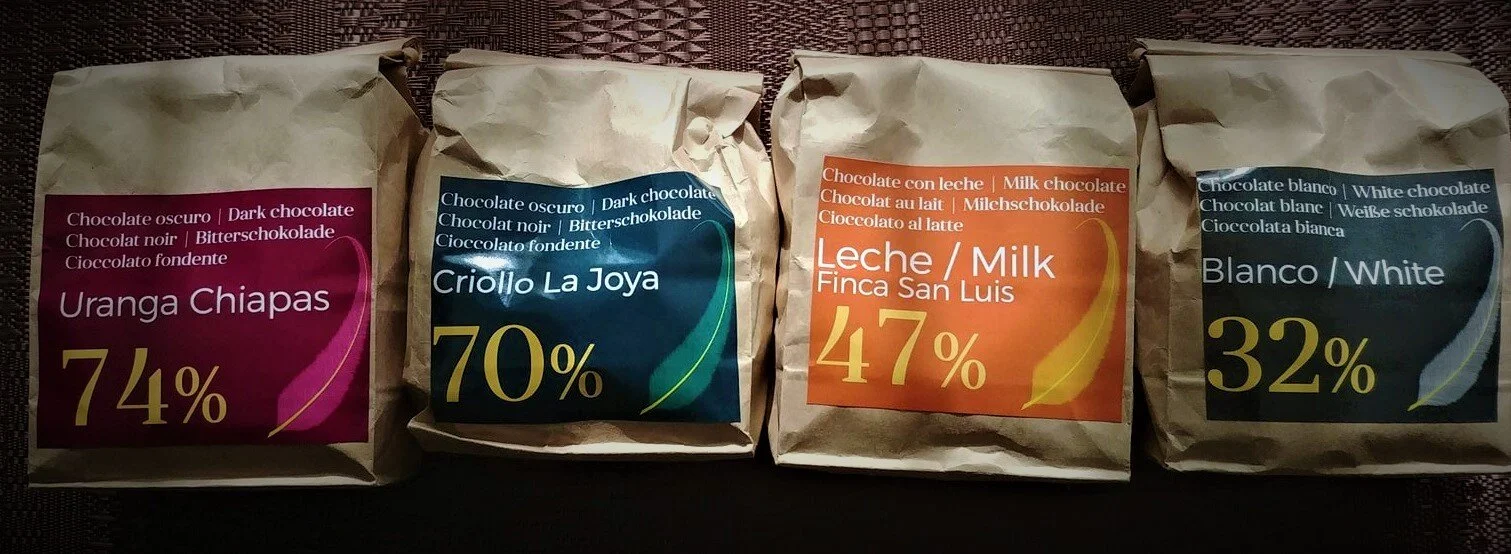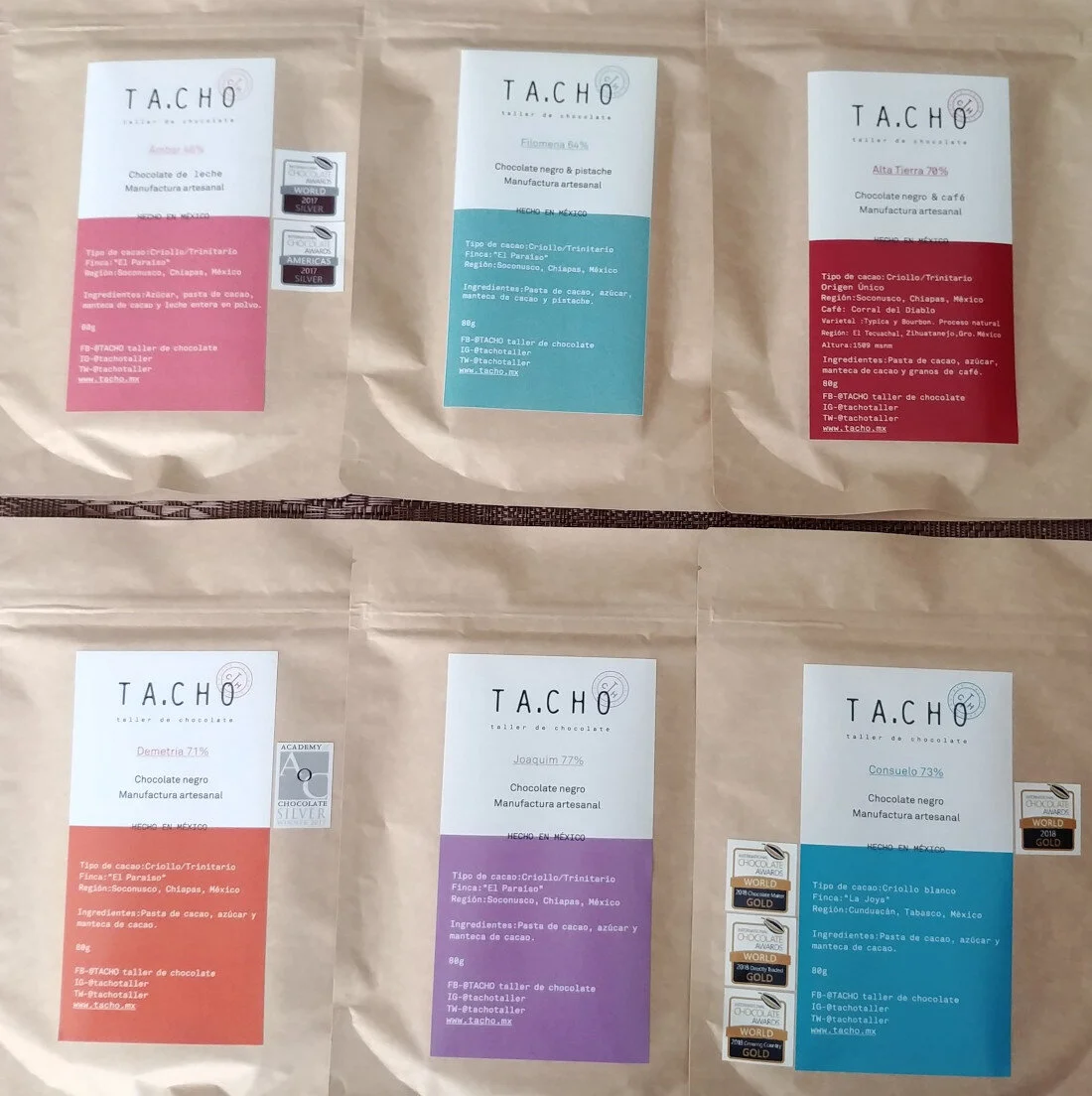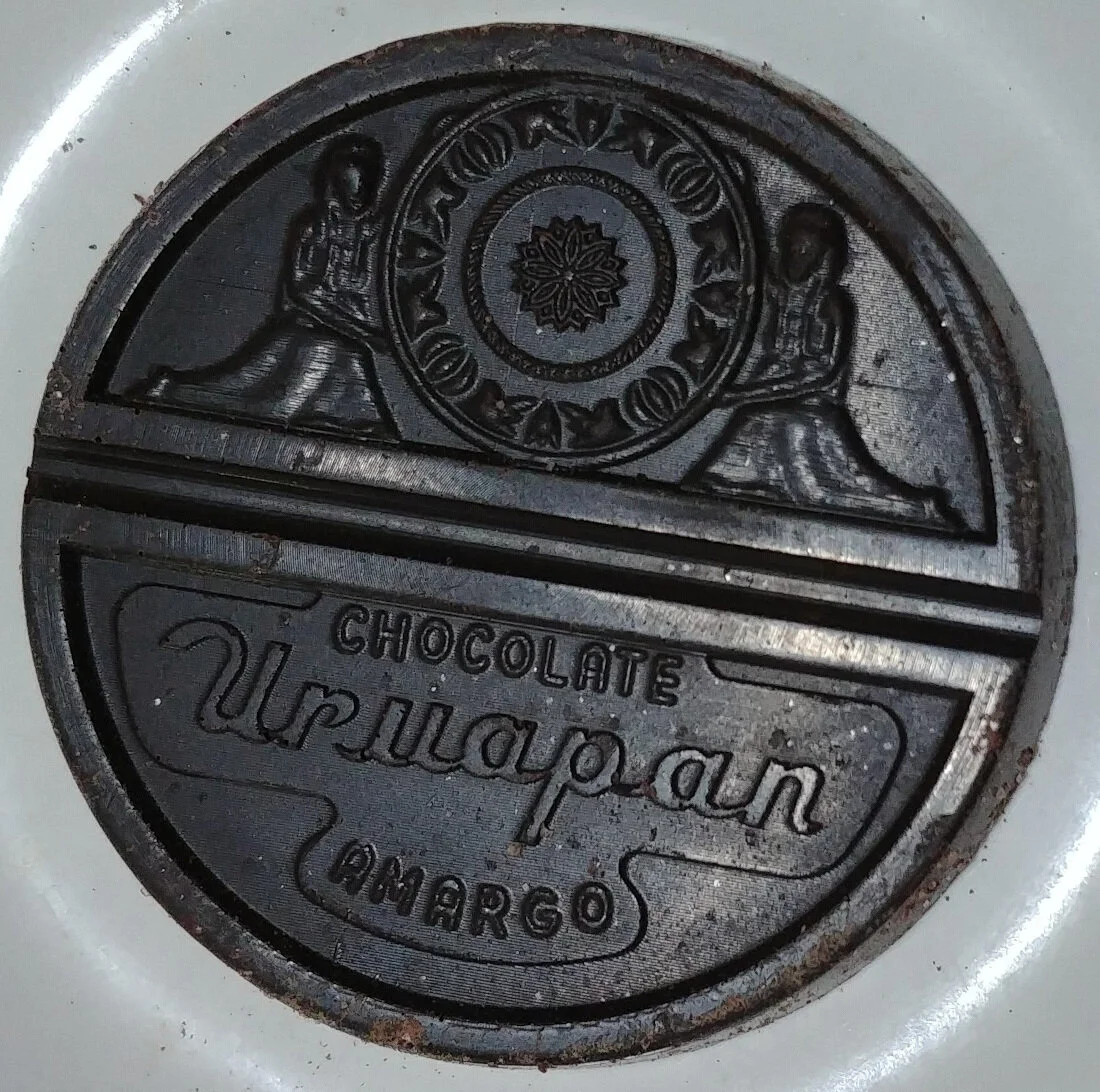Everything You Should Know About Mexican Chocolate
Mexico’s special relationship with chocolate
Chocolate. Just the word makes us smile a little sonrisita. Great chocolate, like a great wine or a great cup of coffee, is celebrated across cultures and across time. In Mexico, its consumption is considered practically an act of patriotism given their long history together. Mexico’s relationship with chocolate outdated Christianity by more than a thousand years.
Remnants of chocolate go back to Olmec and Mayan ruins, where consumption flowed freely by the year 1750 B.C.. As sugar did not exist in the Americas before the Spanish arrived, chocolate’s earliest recorded form was as a fermented beverage made from a bitter chocolate paste mixed with corn, honey and chiles.
It was the Aztecs who later introduced the word chocolate from Classical Nahuatl to the English language via its Spanish translation, ‘chocolātl’, ‘xocolatl’ or ‘xocoátl’. Aztecs later placed even more importance on chocolate than the Mayans, believing that cacao was a gift from the gods (as we all do), more specifically, from the god of wisdom. Aztec priests gave the bitter drink to sacrifices in order to purify them before death.
This colorful legacy perhaps helped evolve a unique aspect of Mexicans’ palate when it comes to how they take their chocolate beverages. Like their Aztec ancestors, many still like the mix of corn (atole) with chocolate, perhaps picking up a cup of a champurrado, the thick Mexican chocolate atole drink, or pozol (another version that can be served either hot or cold) from street vendors in the morning or when the weather grows cool.
When Gustavo Felix, a Mexican friend and contributor to The Lazy Expat: Healthy Recipes that Translate in Mexico, an avid teacher on the subject of chocolate (and vocal critic of my blog, Why You Should Never Bake in Mexico) presented me with a box of Mexican chocolate bars when we met, I covetously fanned them out like the currency chocolate once was for the Mayans, excited about discovering Mexico’s various interpretations of cacao- bite by bite.
Mexican cacao
Knowing a chocolate’s origin can tell you something general about its flavor. Mexican chocolate is mainly produced in the Mexican regions of Tabasco, known as ‘Infierno Verde’ (Green Hell) and Chiapas. Of course, like all chocolate, it all starts with the cacao bean.
People usually refer to three general classes of beans; Criollo, Forastero (most common), and Trinitario. But these distinctions are more linguistic than gustatory. The first non-Spanish Europeans studying cacao simply picked up the local Spanish vernacular for referring to the beans they were seeing. Criollo in Spanish generally people/species from Central and South America. Forastero means “stranger” or “outsider” in Spanish.
Assigning specific characteristics to each of the three types of beans gets further blurred by cross-breeding between strains of beans, which over time has created a world of colors, shapes, and sizes. The terrier, country, climate and farming method also affects the beans’ flavor. Each chocolatier has its own special recipe for the selection and mix of cocoa beans, fermentation, toasting and conching. The longer the conching, the smoother the chocolate. All these factors contribute to chocolate’s complexity.
Chocolate made from fine Latin American beans is thought to be more complex. Some might be bright and fruity, with notes of dried apricots, fresh berries and dark fruit, while others taste of nuts or fresh herbs. Even prunes have been used.
Cacao and the environment
Mexico is making efforts to increase its production of cacao, which has fallen off dramatically in the last century. According to Steve Bergin, a cacao expert who works with Conservation Cacao to rescue origin varieties, in tropical areas where it grows naturally, cacao is one of the best sustainable crops there is. Cacao trees need shade, so these trees can provide a green habitat in environmentally critical zones where rainforest isn’t within protected refuges or parks. A country can create agroforestry systems using cacao trees along with other trees to regenerate the land.
How to find the best chocolate
Bergin recommends that the simplest way to distinguish between industrial chocolate made with volume cacao and chocolate where someone has made the effort to source from a specific area is to buy origin chocolate - chocolate that says on the label where the cacao comes from. If choosing a Mexican chocolate bar, for example, you might choose Cacao Criollo Soconusco or Criollo Jaguar from Chiapas or Criollo La Joya from Tabasco. A high quality chocolate should never contain butyric acid or any fat other than cocoa butter.
Choosing Mexican chocolate bars (someone’s gotta do it).
Those considered the best brands of chocolate from Mexico are CACEP, Quetzali and Ta.Cho. I particularly looked forward to diving into the bars of Quetzali, considered the best of the best. The chocolatier uses European techniques to turn cacao from Tabasco into the dark chocolate that has earned International Best Dark Chocolate along with 56 other awards.
While most people assume that the higher the cacao percentage, the more bitter the chocolate, that’s not always true. A chocolate maker’s 68% might taste more bitter than its 74% cacao offering. Among Mexico’s chocolate, you’ll find a great difference in taste between a CACEP 46% milk chocolate (Trinitario cacao from Tabasco) and a 46% Ta.Cho milk chocolate (Criollo cacao from Chiapas).
Always take a look at the ingredients and translate them when they’re not in English. Even a worldly consumer of chocolate might be surprised. For a person like me, who considered dark chocolate flavored with bacon wild, the Quetzali bar, seasoned with sal de hormiga chicatana (ants) seemed insane (and was my favorite by the way). My friend’s favorite is from Ki Xocolatl, a 72% cacao with lemongrass and almonds. Truly there’s a world of flavor undertones available.
Purchase chocolate and bars in high-end department or specialty stores, or order through MercadoLibre (Latin America’s Amazon) when in Mexico rather than buying in grocery stores. In coastal areas especially, it's common for fluctuations in temperatures during shipping to ruin bars, turning them whitish (a process called blooming). Chocolate affected by blooming is still safe, and can be used for making hot chocolate or cooking (although from a texure standpoint, it’s pretty much ruined).
Chocolate de mesa (Mexican table chocolate)
Chocolate de mesa used for Mexican hot chocolate is prepared differently than chocolate bars, using a process based on how it was made by indigenous people rather than on European methods, often using grindstones (metates) in its preparation. You might even see it labeled as chocolate de metate or chocolate tradicional. Aficionados say authentic chocolate de mesa tastes earthier.
Never a fan of chocolate de mesa found in grocery stores, I’ve learned that the best are made by Mexican fincas, like those that grow their cacao beans in Tabasco, the Yucatan (CACEP, Chocolates Wolter, Ki Xocolatl), Oaxaca (Mayordomo) or Chiapas. A scattering of others include Kekua (less sweet in taste, from Morelia) and Moctezuma, (sweeter in taste, from Michoacán).
Mexican hot chocolate
Mexican hot chocolate is made with cinnamon, which helps replace the high amount of sugar called for in traditional American-style hot chocolate if you’d like to cut back on the sugar or sweetness. *
If artisanal table chocolate isn’t available, a 70% cacao chocolate bar plus the addition of the two flavorings does well as a substitute to make your own. Gustavo, a budding chocolatier himself, recommends a tiny dash of Mexican vanilla and Ceylon cinnamon, the latter for its mild and sweet taste, then using a blender to give the drink its traditional frothiness.
The best way to eat chocolate
My experience with the Mexican chocolate bars changed the way I consume chocolate. Instead of buying and eating a single bar, then buying another...and another, now I buy an assortment and take a nibble off several in a sitting. Doing samplings helps you better appreciate the unique flavorings and the vast differences in how a brand interprets a cacao percentage.
When doing a chocolate sampling, experts recommend concentrating on the mouthfeel, texture, smell and finish of the chocolate. Doing a formal sampling of chocolate bars is a fun, easy way to wrap up a dinner party for friends. It’s an offer that no one, whether Mexican or American, is likely to refuse.
Related link:
* There are many recipes for Mexican hot chocolate online, this one includes a bit of chili powder.
Chocolate Alchemy - a treasure trove of information for the chocolate enthusiast.
Most recent:
How to watch Netflix in Mexico…with Mexicans [blog]
About the author:
Kerry Baker is the author of several books, including If I Only Had a Place, a guide to renting in Mexico, The Mexico Solution: Saving your money, sanity and quality of life by living in Mexico Part-Time is an entertaining guidebook on how to set up a “mini-life” in Mexico. Her most recent book, The Lazy Expat: Healthy Recipes That Translate in Mexico is a cookbook for travelers, expats and snowbirds. You can’t maintain a healthy diet in Mexico without cooking. The Lazy Expat shows you how.


